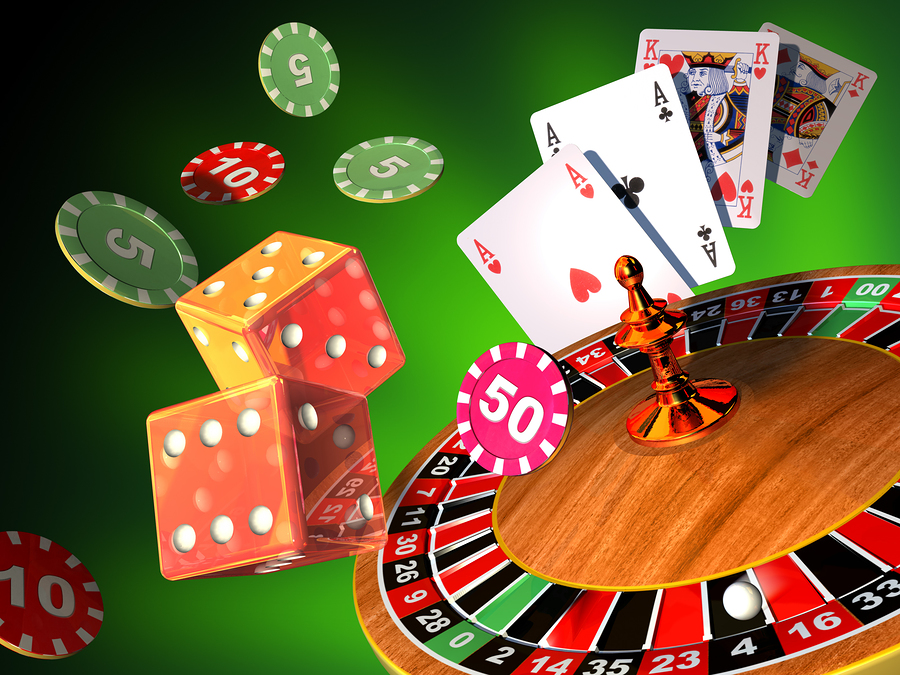Gambling games have long captivated the human imagination, drawing gamblers into a realm filled with chance, strategy, and the allure of thrill. Each game is carefully crafted not just for entertainment, but also to evoke specific emotional responses that keep participants involved and committed. Understanding the reasons behind these designs reveals much about how psychology plays a vital role in the gaming experience.
From the bright lights and lively sounds to the intricate layering of systems and rewards, casino games are designed to create an atmosphere of anticipation and eagerness. Game designers leverage psychological principles to influence player behavior, whether through the use of big prizes, almost wins, or community engagement. By examining these elements, we can better appreciate how casino games fulfill not just a need for entertainment, but more profound psychological needs for thrill and hazard.
Comprehending Player Actions
Casino games are crafted with a deep understanding of player psyche, which is vital for luring and retaining players. The thrill of the game, coupled with the hope of winning, produces a formidable allure. Game designers utilize elements like sound effects, vibrant graphics, and immersive gameplay to seize attention and evoke emotional responses. These sensory effects enhance the immersive experience, making players feel more attached in the game.
Another significant aspect of player behavior is the idea of risk/reward dynamics. Casino games often manage risky situations with the potential for considerable rewards, which can result in the event known as near-miss effect. When players come near to winning, the brain produces dopamine, bolstering their behavior and encouraging them to persist playing in pursuit of that fleeting win. This cycle of hope and frustration plays a key role in how games are constructed and advertised.
Lastly, community aspects also play a pivotal role in player behavior at casinos. Many games are designed to be played in teams or alongside other players, nurturing a sense of belonging and communal experience. The interaction inherent in games like poker enhances enjoyment and can culminate in extended gameplay. Designers take advantage on this by creating environments that encourage players to linger, interact, and come back, making the overall casino experience more attractive.
The Role of Imagery and Audio
Imagery and sound play a vital role in elevating the player’s experience within gambling games. Designers utilize bold colors, striking graphics, and engaging animations to capture gambler’s attention and maintain their focus. The use of motifs, such as exploration or luxury, helps create an enthralling atmosphere that transports players into a different world. By appealing to the senses, these elements contribute to a intensified emotional response, prompting players to engage more deeply with the games.

Sound design is just as important in reinforcing the experience of gambling games. The mix of ambient music, audio effects for successful combinations, and environmental noises creates an auditory landscape that keeps players enthralled. Audio cues associated with wins, such as ringing bells or festive music, evoke feelings of excitement and satisfaction, prompting players to continue playing. These audio cues are carefully placed to enhance the excitement of the game and create a more engaging experience.
Moreover, the alignment of visuals and sound is important for supporting the game’s overall theme and atmosphere. Each element should align harmoniously to create a unified experience that pulls players in. The effective use of this synergy not only enhances user satisfaction but also increases the likelihood of repeat play, as players become more engaged in the immersive world that the gambling games offer. This thoughtful integration of visuals and audio ultimately enhances player involvement and commitment.
Reward Systems and Engagement
The development of gambling experiences significantly depends on incentive systems to ensure players engaged and coming back for additional experiences. These systems are rooted in psychological theories that exploit human behavior and desire. Participants are often motivated by the thrill of success, which is supported by immediate feedback through the game’s design. This instant gratification not only enhances the gaming experience but also cultivates a feeling of success, prompting participants to keep playing in hopes of bigger gains. https://u888.vet/
Casinos adopt various incentive systems, such as jackpots, bonuses, and multipliers, to engage players. These features create a level of thrill that maintains interest. Additionally, the unpredictability of results plays a crucial role in sustaining attention. The variable reward system, where wins are unpredictable but happen often enough, maintains players on edge and driven to keep playing. This loop of hope and anticipation is foundational to the success of casino games.
Furthermore, community aspects, such as tournaments and multiplayer features, enhance the engagement factor by leveraging the desire to compete of players. The communal aspect of gaming with others can amplify the excitement of success and create a community atmosphere within the gaming space. By integrating these community elements with effective reward systems, gambling experiences don’t just provide fun but also foster a deeper connection among players, solidifying their loyalty to the gaming experience.